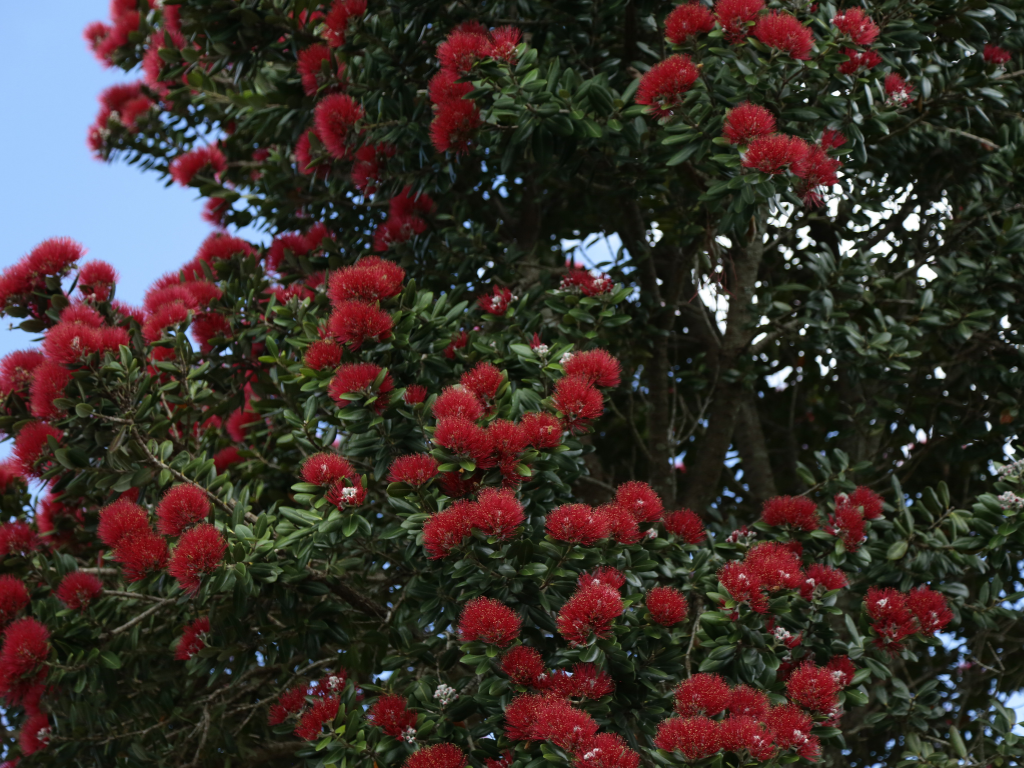Kākāpō, kiwi, kokakō, kea and now 2023 Bird of the Year winner pūteketeke steal the show at home and globally with their feathery charms. Predator control in New Zealand is one of the ways we can bring these birds and many others back from the threat of extinction, but it also helps lots of other worthwhile critters.

Snails
Aotearoa New Zealand has around 1400 snail species. Compare that with 170 bird species; suddenly, it’s less a land of birds and more a land of snails.
What’s more bewildering is the sheer variety of snail species sizes. Hidden away in our forests and grasslands, we have giant carnivorous snails that weigh as much as a tūī and microscopic snails measuring only 5mm wide.
Native snails consume dead and decaying leaves, fungus and algae (they don’t eat your veggie garden) and leave behind nutrient-rich poo for soil health.
Rats, possums, pigs, and hedgehogs are snails’ main predators. Control of these introduced animals helps snails to have a fighting chance at survival.
One species, Powelliphanta gilliesi brunnea, is slithering towards recovery in Golden Bay, thanks to habitat protection and predator control measures. Restricted to half a hectare of farmland, the Department of Conservation erected an outer fence to exclude farm stock, an inner fence to exclude rodents and hedgehogs and planted native trees to increase the available habitat. By 2003, there were about 1,000 individual snails compared to 350-500 in 2001. Numbers have remained high ever since.
Frogs
New Zealand’s three pepeketua (frog) species are unlike other frogs. They are small. Nocturnal. They don’t croak. Two of the species don’t have a tadpole stage.
They are also sensitive little things, vulnerable to disease, pollution, and chemicals, as well as rats, mice, pigs, stoats, and cats.
Recent research discovered predator control aimed at protecting North Island kōkako also benefits Hochstetter’s frogs living in the Hūnua Ranges.
In places where predators are actively controlled, there’s a higher chance of finding young, teenage, and adult frogs, according to the researchers’ realistic models. Rat control was also found to be beneficial for adult Archey’s frog abundance in their stronghold habitat in the Waikato.

Wētā

Insects are not well researched nor prioritised in conservation efforts – they lack the crowd appeal of cute birds. Yet when insects go extinct, the demise of other species is not far behind.
Wētā are smelly, some are nightmarishly large and have tusks or sharp jaws, but they are actually more threatened than threatening. They have become icons for invertebrate conservation and control of rats, cats, and hedgehogs is crucial for their survival.
The largest of wētā species, wētāpunga, were all but wiped out by introduced predators, left clinging to survival on Te Hauturu-o-Toi (Little Barrier Island) in the Hauraki Gulf. DOC eradicated cats and kiore from the island, and wētāpunga were able to bounce back. Several translocations from this island have established new populations on other predator free islands.
Pōhutukawa trees
Only 30 years ago, the future of pōhutukawa trees in Northland was uncertain. It may seem hard to believe, but they were almost chewed to extinction by possums and wallabies.
Possums are particularly damaging because they prefer to eat newly expanding flowers and buds. This causes rapid canopy dieback, and in just two years, an established pōhutukawa can be killed by browsing possums.
By eradicating possums and wallabies from Rangitoto Island, the largest pōhutukawa forest in the world was brought back to life thanks to DOC and Project Crimson. Pōhutukawa is more than just beautiful – it’s the only tree capable of colonising barren lava rock, providing shade and shelter for other plant species to grow. It helped transform Rangitoto into a lush green island.

Your garden

Pests like rats and possums eat lemons and other citrus, feijoas, and rosebuds. Protect your backyard goodies with an effective trapping method. Our website has information about how to identify what’s in your backyard and how to weigh up the different predator control methods, such as trapping or baiting.
The benefits of predator control extend way beyond just birds.
Each success story underpins the interconnectedness of the living world. As caretakers of this delicate balance, it’s a reminder that supporting and taking part in predator control can protect not only charismatic birds but diverse wildlife.

